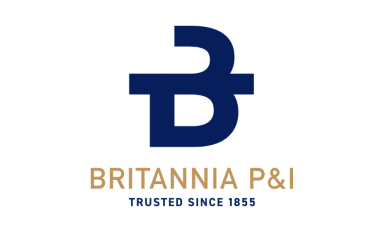 New global team of 150 experts will help the sector navigate decarbonisation and digitalisation challenges. During Singapore Maritime Week, Lloyd’s Register (LR) unveiled its newly structured LR maritime advisory services, designed to help address escalating regulatory demands, rising decarbonisation costs, and the increasing influence of digitalisation.
New global team of 150 experts will help the sector navigate decarbonisation and digitalisation challenges. During Singapore Maritime Week, Lloyd’s Register (LR) unveiled its newly structured LR maritime advisory services, designed to help address escalating regulatory demands, rising decarbonisation costs, and the increasing influence of digitalisation.
The move sees LR consolidate its Technical Advisory and Business Advisory divisions into a single, integrated LR Advisory team—reflecting its broader transformation from a classification society to a maritime professional services organisation. Continue reading “Lloyd’s Register unveils new maritime advisory services”









